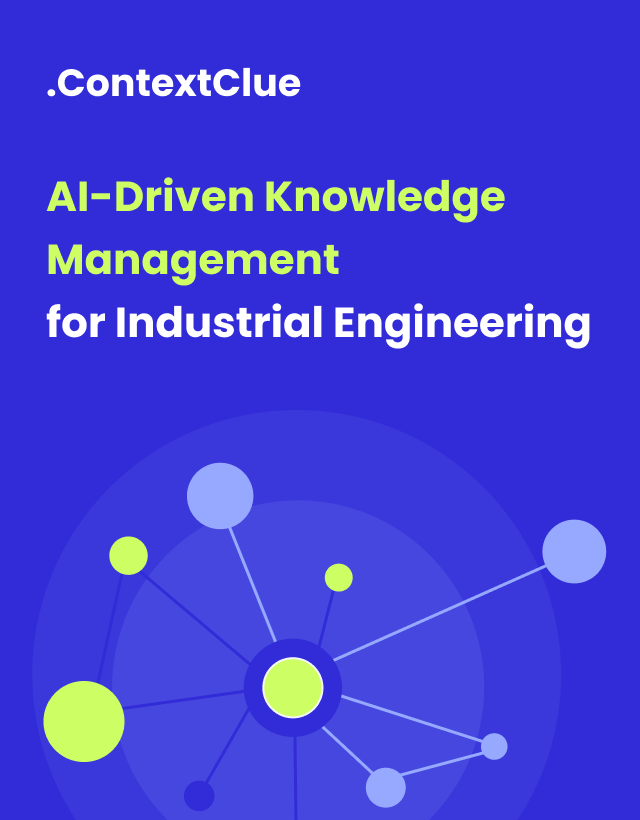
March 12, 2025
What is Image Annotation?
Author:

CSO & Co-Founder
Reading time:
5 minutes
Computer vision is transforming industries by enabling machines to interpret and analyze visual data. From facial recognition to autonomous vehicles, these advancements rely on one crucial process: image annotation. This foundational step ensures that machine learning models can accurately identify and classify objects in images, improving their predictive capabilities.
But what exactly is image annotation, and why is it so important? This guide explores its definition, key techniques, and real-world applications across industries like healthcare, security, agriculture, and robotics.
Let’s dive in!
Key Takeaways:
- Image annotation is essential for training computer vision models to recognize, classify, and analyze objects accurately.
- Different annotation types include image classification, object detection, segmentation, and boundary recognition.
- Techniques such as bounding boxes, polygon annotation, and masking help refine model accuracy.
- Image annotation powers applications in healthcare, security, agriculture, robotics, and self-driving cars.
What Does Image Annotation Mean in Machine Learning?
Image annotation is the process of labeling images to train machine learning models for computer vision. It enables AI to detect and classify objects accurately, powering applications like facial recognition and autonomous vehicles.

Why Image Annotation Matters
Machine learning models require high-quality training data to make accurate predictions. Annotated images provide labeled datasets, helping AI recognize patterns and improve over time. The better the annotation, the more precise the model’s performance.
Types of Image Annotation
Image Classification
Labels an image based on its overall content (e.g., “dog” or “car”), but does not specify object location.
Objection Detection/Recognition
Object detection trains the machine model to accurately detect different types of objects noticeable in the natural setting. It identifies whether an object exists, where it is located, and the number of items in an image. Object detection can also help your machine to identify various objects in non-annotated images on its own.
 Source: cloudfactory.com
Source: cloudfactory.com
Segmentation
Breaks images into regions to differentiate objects. Includes:
- Semantic segmentation: Groups similar objects together (e.g., all cars as one entity).

- Instance segmentation: Identifies individual objects within the same category.
- Panoptic segmentation: Combines both for detailed object identification.

Boundary Recognition
Trains models to detect edges and outlines, essential for self-driving cars and medical imaging.
How Image Annotation Works
1. Bounding Boxes
Bounding boxes are the most widely used annotation method in computer vision. They involve drawing rectangular boxes around objects in an image to identify their location and size. This technique is especially useful for object detection tasks, such as recognizing cars in traffic footage or identifying products in retail images. While simple and efficient, bounding boxes can struggle with irregularly shaped objects, since the rectangle may include irrelevant background areas.
2. Polygon Annotation
Polygon annotation offers greater precision by outlining objects with multiple points that follow their exact shape. This technique is ideal for irregular or complex objects like animals, vehicles, or machinery parts where bounding boxes would be too coarse. By closely matching the contours of objects, polygon annotation improves model accuracy in tasks like autonomous driving, aerial image analysis, and medical imaging.
3. Landmarking
Landmark annotation (also called keypoint annotation) involves marking specific points on an object to capture fine details and geometry. For example, in facial recognition, landmarks may be placed on the corners of eyes, the tip of the nose, or the edges of the mouth. In human pose estimation, keypoints are used to mark joints such as elbows, knees, and shoulders. This technique is crucial for applications in biometrics, augmented reality, and motion tracking.
4. Masking
Masking (also known as semantic or instance segmentation) highlights the exact pixels belonging to an object while hiding irrelevant areas. Unlike bounding boxes or polygons, masking delivers pixel-perfect accuracy, making it one of the most detailed annotation methods. It’s particularly valuable in medical imaging (e.g., segmenting tumors in scans), autonomous vehicles (detecting pedestrians or lane boundaries), and robotics.
5. Polyline Annotation
Polyline annotation is used to mark linear or continuous features within images. By drawing lines or curves with multiple connected points, annotators can define roads, power lines, or pipelines in satellite and drone imagery. This method is essential in mapping, infrastructure inspection, and autonomous navigation systems that rely on precise understanding of lanes and pathways.
6. Tracking
Tracking annotations go beyond single images by labeling and following objects across video frames. This technique helps models learn how objects move, interact, and change over time. It’s widely used in surveillance, traffic monitoring, sports analytics, and autonomous driving—any scenario where understanding motion patterns is as important as identifying the objects themselves.
| Technique | How It Works | Best Use Cases |
|---|---|---|
| Bounding Boxes | Draws rectangles around objects | Object detection, retail product recognition, traffic monitoring |
| Polygon Annotation | Outlines irregular objects with multiple points | Autonomous driving, aerial imagery, medical imaging |
| Landmarking | Marks key points on an object | Facial recognition, pose estimation, biometrics, AR |
| Masking | Labels exact pixels of an object | Medical imaging, robotics, autonomous vehicles |
| Polyline Annotation | Defines linear features with connected points | Road detection, power line mapping, infrastructure inspection |
| Tracking | Labels and follows objects across video frames | Surveillance, sports analytics, autonomous navigation |

Source: cogitotech.com
Image annotation use cases
- Facial Recognition: Unlocks devices and enhances security systems.
- Autonomous Vehicles: Helps self-driving cars detect pedestrians, roads, and traffic signs.
- Healthcare: Assists in diagnosing diseases by labeling medical images.
- Agriculture: Detects plant diseases and monitors crop health.
- Wildlife Conservation: Tracks animal populations and detects environmental changes.
Final Thoughts
Image annotation is crucial for AI-driven advancements in multiple industries. By understanding its types, techniques, and applications, businesses can leverage this technology for improved automation and decision-making.
Category:






